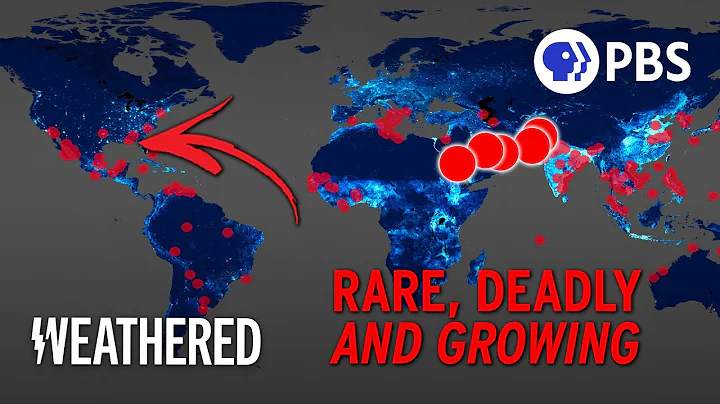In the first half of the year, I was fortunate to collect a teak chimney camera (SLR camera) produced by Holden Butcher, England in 1925. The skin cavity was damaged when purchased. After replacing it with a new skin cavity, you can take photos. The color negative film taken last week is still under rinsing and cannot be displayed in the picture above.















camera is 6×9 frames, and the film box can be reversed horizontally and vertically. Functional design and simple operation. If you compare two advantages with Graffiti chimneys, it is easy to operate/fast to shoot. The camera curtain shutter has a maximum of 1/1000 seconds and a minimum of 1/15 seconds. There is T door .
. This teak camera has exquisite craftsmanship and solid materials. The brass surface has beautiful patterns. The wood connection gap is tight and does not feel loose, and it is comparable to the workmanship of Adams .

The following is some information summarized in the development history of Holden Butcher Camera Company in the UK.
1834 George Holden and Frenchman Antoine Claudet manage a glass warehouse in London under the name of Claudet & Houghton. It became George Houghton & Son in 1867 and George Houghton & Sons in 1892.
The company's headquarters in 88/89 High Holborn was called Ensign House in 1901, and in 1903, it launched the film brand Ensign.
1903, the company was established as George Houghton & Sons Ltd, and in March 1904 acquired Holmes Bros (Sanderson camera manufacturer), AC Jackson, Spratt Bros. and Joseph Levi & Co, and the new company continued to produce Sanderson cameras until 1939.
1900s The company built a camera factory on Fulborn Road, Walthamstoh , and became the largest camera factory in the UK in 1908.
Houghton is a well-known manufacturer of magazine cameras such as Klito. Another featured product of Houghton is the folding camera Ensignette developed by Swedish engineer Magnus Neill.
1915 Houghtons Ltd. cooperated with W. Butcher & Sons Ltd to establish a joint venture, Houghton-Butcher Manufacturing Co. Ltd, to share manufacturing facilities. (Butcher did not have a manufacturing factory before the outbreak of World War I, and mainly sold imported German cameras.) The merged companies, Houghtons and Butcher, operated independently, and the camera designs are still different.
The two trading companies finally merged on January 1, 1926 to form Houghton-Butcher (Great-Britain) Ltd, which was renamed Ensign Ltd in 1930. (The Walthamstot-based manufacturing company retained the name of Houghton-Butcher Manufacturing) Ltd until 1945. The new company retains many Houghtons and Butcher’s camera ranges. In 1939, it launched the Ensign Ful-Vue box camera, which was simple and low-quality and became one of the most popular cameras in Britain at the time.
On the evening of September 24/25, 1940, the headquarters of Ensign Trading Company was destroyed by an air strike. In October, the company's assets, including magnifier , exterior mirrors and movie camera , were taken over by Johnson & Johnson, but the Ensign trademark was retained by manufacturing company Houghton-Butcher Manufacturing Co.
1945 Houghton-Butcher Manufacturing Co collaborated with filmmaker Elliott and Sons (producer of film brand Barnet) and became Barnet Ensign. In 1948, Ross and Barnet Ensign merged into Barnet Ensign Ross Ltd.
1954 was renamed Ross-Ensign Ltd. After

WWII , the company abandoned the precision Ensign Commando rangefinder camera and continued to produce Ensign Selfix and Ensign Autorange folding cameras, while also launching new models of low-priced cameras such as Ensign Ranger and Snapper.
George Houghton’s son and grandson continued to work in the business until the company was cancelled in 1961.











